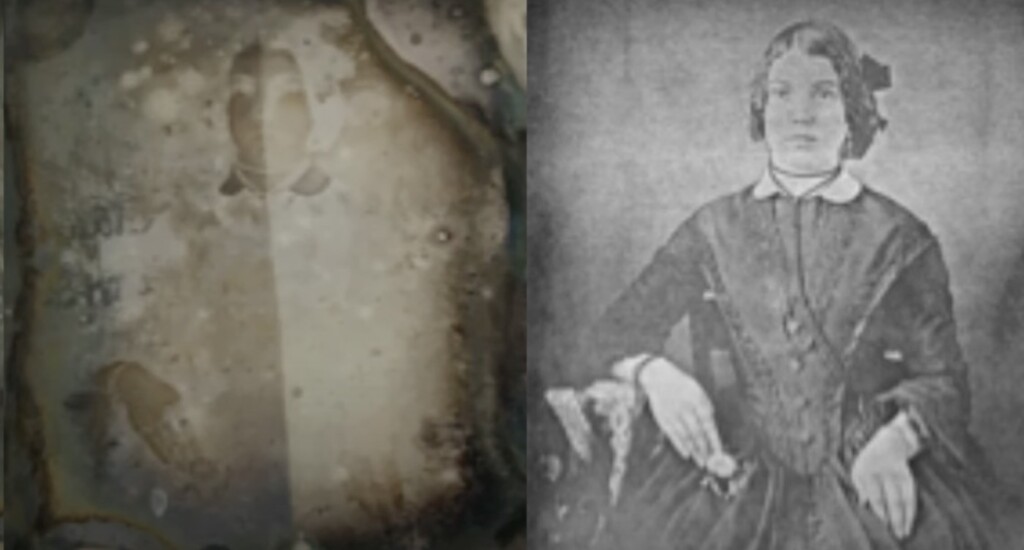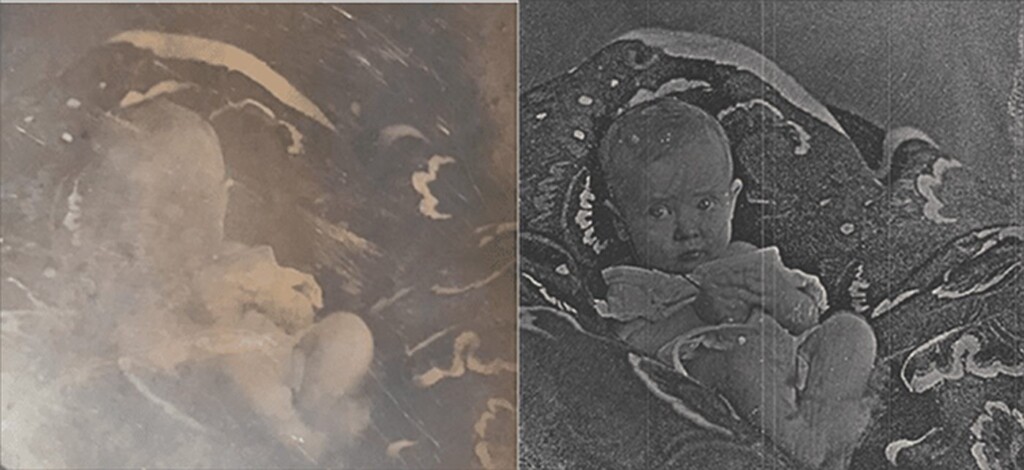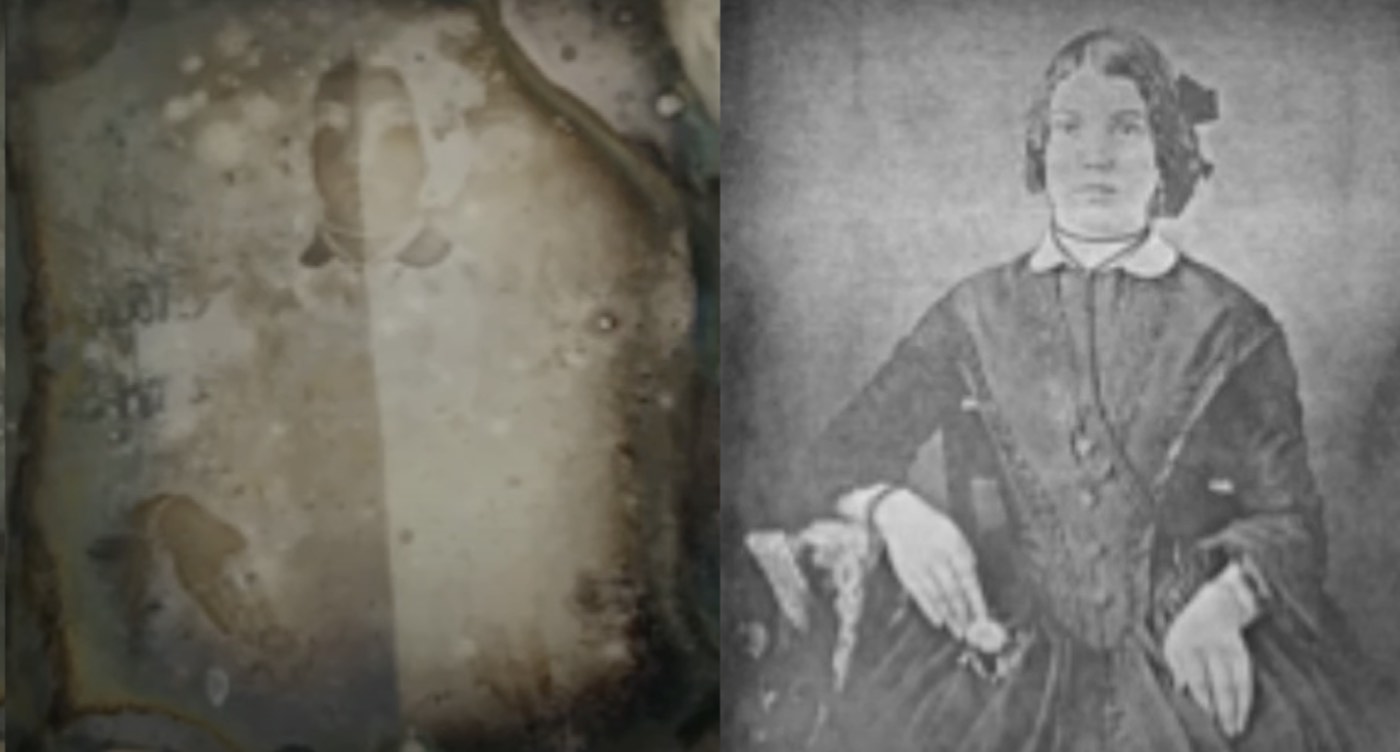
A team of Canadian and US researchers are using X-rays to revive the images that were captured in the 19th century on the earliest form of photography—Daguerreotypes.
Their breakthrough demonstrations have taken artifacts tarnished beyond all recognition and turned out stunningly clear images of the individuals whose portraits were captured all those years ago.
Tson-Kong Sham, the lead scientist on the project from Western University of Canada, patterned with the National Gallery to acquire Daguerrotypes that were completely tarnished for research that would involve using a synchrotron X-ray device to draw out certain elements present on the Daguerrotypes.
Daguerreotypes are one-of-a-kind, positive images made on thin sheets of silver-plated copper exposed to iodine, making the plate photosensitive upon the formation of silver iodide, Sham and his colleagues write in their paper, published in the Journal of Cultural Heritage.
Later variations utilized alternative halogens, such as chlorine, bromine, or a combination, to increase the sensitivity of the surface to light. The photosensitive plate is mounted in the lightproof interior of a camera; then the lens cap is removed, exposing the plate to light which results in photolysis and eventually an image in silver halide particles. An application of mercury seals the image and is the most important step.
Introduced in 1839, this new method of image-making quickly captured public interest and was sought-after until the mid-1850s, when it was gradually replaced with paper photographs.
PEER INTO THE PAST: German Museums Work Year-Round to Find Rightful Heirs to Hundreds of Stolen Jewish Silver Pieces
In their study using a synchrotron X-ray emitter, the scientists could tune the energy delivered to a threshold known as the absorption edge. At this stage, the core electrons absorb the X-rays at abruptly higher levels, and the molecule emits the energy back as an X-ray characteristic of the element.

Targeting compounds like silver, mercury, or chloride, they can re-create, pixel by pixel, the image on a Daguerroptype that is completely tarnished.
The results can be seen in the photos they released of the Daguerrotypes they tested: and promise a whole new way of exploring the intimate details of our ancestors’ lives. Many museums hold collections of these images which have completely or partially degraded.
MORE STORIES LIKE THIS: Wasabi Can Be Used as Ecofriendly Preservation Tool for the Ancient Knowledge Contained on Papyrus
“Revealing images that seemed lost forever is what’s most exciting,” Sham told Science Alert. “We get a glimpse of people living in the 19th century that we wouldn’t have otherwise and learn about their history and culture.”
What’s more, this technique can also be used to get additional details out of all kinds of materials of scientific interest, such as fossils or artifacts of metal or wood, and Sham says it can be used really in “all walks of science.”
SHARE This Amazing View To View The Past With Your Friends…




















